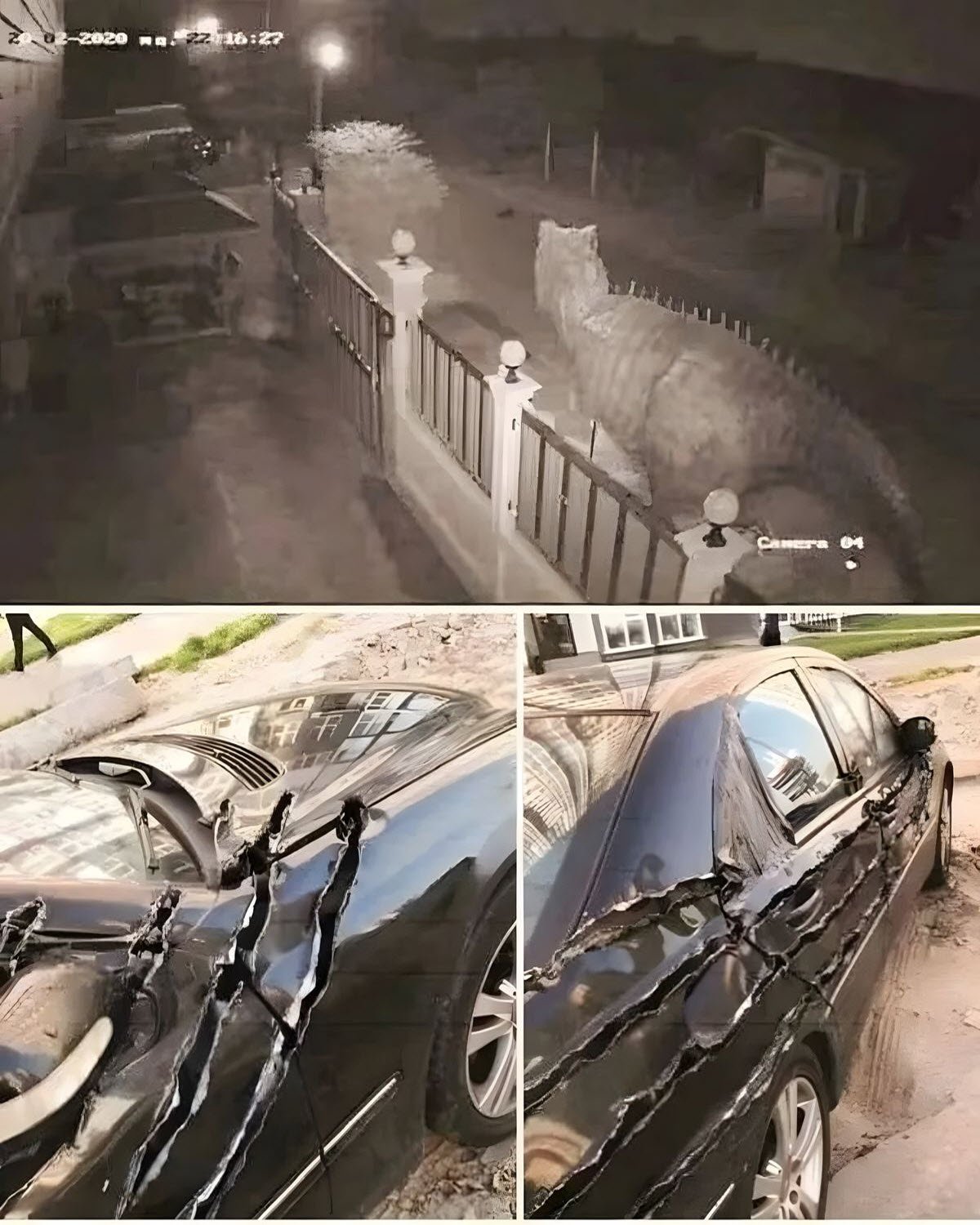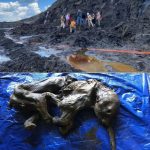The Dino Returns: Extinct Predator Caught on Camera?

A viral video has sparked worldwide fascination and fear, allegedly capturing a massive dinosaur-like creature wreaking havoc on a modern vehicle. In the footage, witnesses describe a predator with razor-sharp claws, enormous size, and a deafening roar reminiscent of prehistoric giants long thought extinct. The video, shared millions of times across social media platforms, has ignited a storm of speculation, blending excitement, skepticism, and outright disbelief.
The Footage That Shocked the Internet

The video shows the creature attacking a car, bending metal, and leaving tire marks that suggest immense strength. Observers note details that appear consistent with depictions of large theropods — bipedal predators such as Tyrannosaurus rex — including a massive tail, elongated jaws, and muscular hind legs. Witnesses report feeling paralyzed with fear, describing the roar as a sound that seemed almost unnatural, echoing through nearby terrain.
Scientists and paleontologists have been quick to weigh in. Many caution that the footage could be digitally manipulated, citing the potential for CGI effects and viral hoaxes. Others speculate that it could be part of a genetic or scientific experiment, invoking the realm of “de-extinction” research, in which extinct species are theoretically revived using preserved DNA. Regardless of authenticity, the footage has succeeded in capturing public imagination and fueling global debate about the boundaries of science and reality.
Scientific and Cultural Implications
If the video were genuine, the implications would be staggering. The existence of a living dinosaur would challenge established knowledge of evolution, extinction, and the timeline of life on Earth. It could suggest undiscovered habitats, isolated ecosystems, or even secret research projects. More broadly, it taps into humanity’s fascination with the prehistoric era and the enduring allure of dinosaurs as symbols of power, survival, and mystery.
Culturally, the footage highlights the viral power of modern media. Images and videos like this can captivate millions within hours, shaping public perception and blending fact with myth. Even if the footage is later debunked, its influence on popular imagination underscores the intersection of science, entertainment, and social media in the 21st century.

Skepticism and Verification
Experts urge caution. Paleontologists stress that no living dinosaur species have been documented in the modern era, and the structural evidence of such a large creature surviving undetected would be extraordinary. Wildlife biologists also note that the predator’s size and energy requirements make it virtually impossible to remain hidden in today’s environments without leaving clear evidence. Investigators continue to analyze the video for inconsistencies, shadows, and other signs of manipulation, while authorities advise the public to treat sensational claims critically.
Conclusion
“The Dino Returns” video, whether real or fabricated, has captivated the world by reviving our fascination with extinct predators. It challenges our assumptions about extinction, the limits of science, and the mysteries that still ignite fear and curiosity. As scientists and enthusiasts scrutinize the footage, one thing remains certain: the story of dinosaurs continues to enthrall humanity, bridging the past with imagination and the possibility—however remote—of a prehistoric return.











